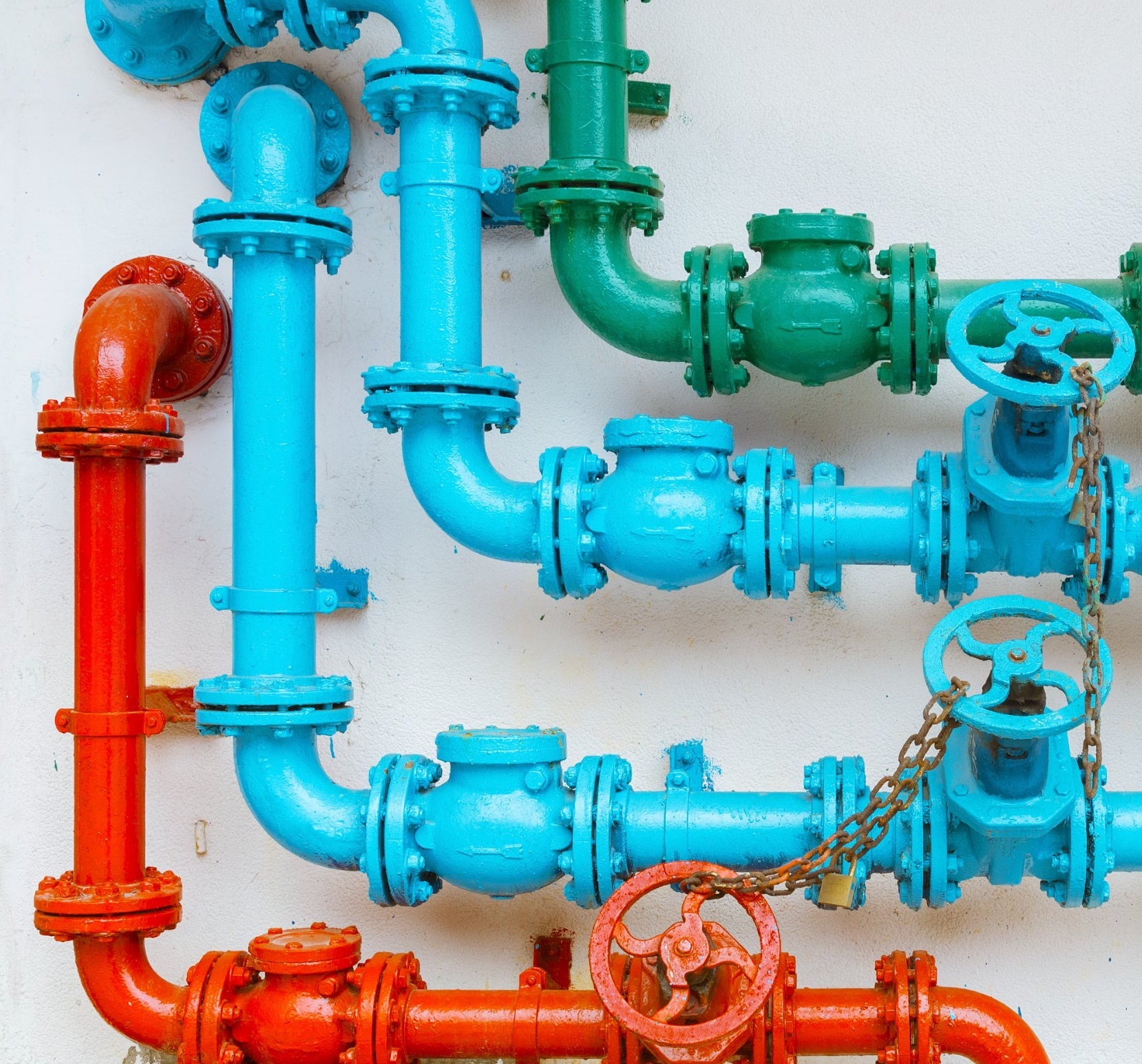Call 800-672-8119 email or chat. POs accepted.
Call 800-672-8119 email or chat. POs accepted.
Call 800-672-8119 email or chat. POs accepted.
Call 800-672-8119 email or chat. POs accepted.

Sanitation is critical in any food and beverage facility. It is not only important for public safety and the quality of the products – it’s the law. The FDA Food Safety Modernization Act (FSMA), a large piece of legislation passed in 2011, put in place strict requirements for the food and beverage industry focusing on the prevention of foodborne illness and death. Even with these requirements in place, keeping facilities clean is a challenge. The CDC estimates that each year 48 million people (1 in 6) get sick, 128 million are hospitalized, and 3,000 die from foodborne diseases in the U.S. alone.
One of the most challenging areas to sanitize is the network of tubes and pipes inherent to most facilities. A common occurrence, a Dead Leg, is a well-known culprit for harboring contamination.
What are Dead Legs?
Dead Legs are portions of pipes and tubes that don’t experience regular flow. This includes lines closed by flanges, welded caps or other fittings, or areas of piping or tubing that are only occasionally used. While these areas are common, they are not always visible. Without normal movement, or movement through these areas on a regular basis, liquid will collect and become stagnant – creating a Dead Leg.
Examples of Dead Leg configurations:

Image credit: ebrary.net/49819/health/hygienic_design_process_utility_piping
Why Should I Be Concerned?
Dead Legs are prone to corrosion and contamination from potentially dangerous water borne pathogens, including Legionella. Legionella bacterium are typically harmless and can be found naturally in water and soil. But, they can multiply in stagnant water and become a potentially deadly human health hazard by getting dispersed in fine mist/droplets via HVAC and other systems. Inhaling
this bacteria can cause Legionnaires' disease -- a severe, often lethal, form
of pneumonia.
What Can I Do About Dead Legs?
There are three recommended ways to tackle Dead Legs:
The Manual Cleaning Challenge
These areas are often hard to reach with standard brushes. Our purpose-designed solution for cleaning not only Dead Legs, but also hard-to-reach tubes/valves including sight glasses, curved pipes and tubing for transferring liquids is our Flex Rod family of brushes. The key is in the helically-wound, stainless steel rods. They are flexible enough to bend around curves, but strong enough to give your tubes a good scrub. And, extension pieces offer you as much length as you need. All Flex Rod pieces are FDA-compliant and the brushes are available in 5 colors for HACCP food safety programs. The handle rod features a polypropylene grip and all pieces use special screw-in threads to securely attach the brushes and extension rods. We offer kits and à la carte pieces, so you can get the perfect set up for your cleaning needs.
Product Highlight
9-Piece Multi-Size Tube Brush Kit - 10ft Stainless Flex Handle
This kit includes the following items:
The hygienic polyester brushes can be autoclaved at temps up to 250°F, are available in 5 colors for HACCP/FSMA food safety compliance and made of FDA-compliant materials. More Flex Rod products can be found here.
Union Jack is here to help you solve your toughest sanitation and cleaning challenges.
Union Jack -- Your Partner in FSMA /HACCP Compliance